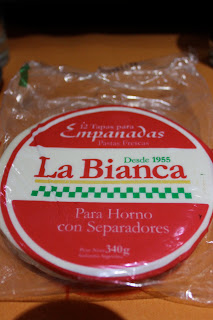Buenos
Aires
We
had another long weekend here on May 25th so I made a bus
trip down to Argentina's capital city Buenos Aires.
The
residents of the city are known as porteños.
Porteños have a reputation for being
broody and I definitely found them different to people in the
provinces (perhaps this is how people feel about Aucklanders!?).
Don't expect to walk into a shop and be greeted; if you get a smile
you're lucky!
When
walking down the street you could easily be mistaken for thinking
that you were somewhere in Europe (it is known as the Paris of South
America). Most of the city was built around the turn of the century
during Argentina's boom time so buildings and infrastructures were
big and lavish. However the boom times finished and people from other
parts of the country began moving to the city and the population
increased too quickly. Social issues such as poverty, unemployment
and pollution began to grow and are still problems today.
Buenos
Aires has a reputation for being peligroso
(dangerous), especially for tourists . There there are places
that foreigners are advised against visiting even during the day. As
soon as I arrived from New Zealand an AFS representative told me that
recently a French tourist who had been in one of those places was
killed for not handing over his camera (not what you want to hear
when you've just stepped off the plane!).
I
really enjoyed my time here. It is a beautiful, exciting city with so
much to do. However it is a big city with extreme poverty and you can
never feel entirely relaxed as you always have to watch your back and
your bag.
And sorry there aren't many photos; I was to scared to use my camera!
 |
| In La Boca neighbourhood. Famous for it's coloured houses and La Bombonera stadium (home of the Boca Juniors futbol team). |
 |
| Add caption |
 |
| Street futbol |
 |
| The beutiful Teatro Colon a world-class facility for opera, ballet and classical music . The acoustics are so good that performers do not use microphones. |
 |
| The ceiling inside the teatre. |
 |
| The Golden Room (Salon Dorado). The roof is gold plated! |
 |
| The roof inside the main hall |
 |
| The foor in the foyer. These tiles were all hand-laid! |
























































